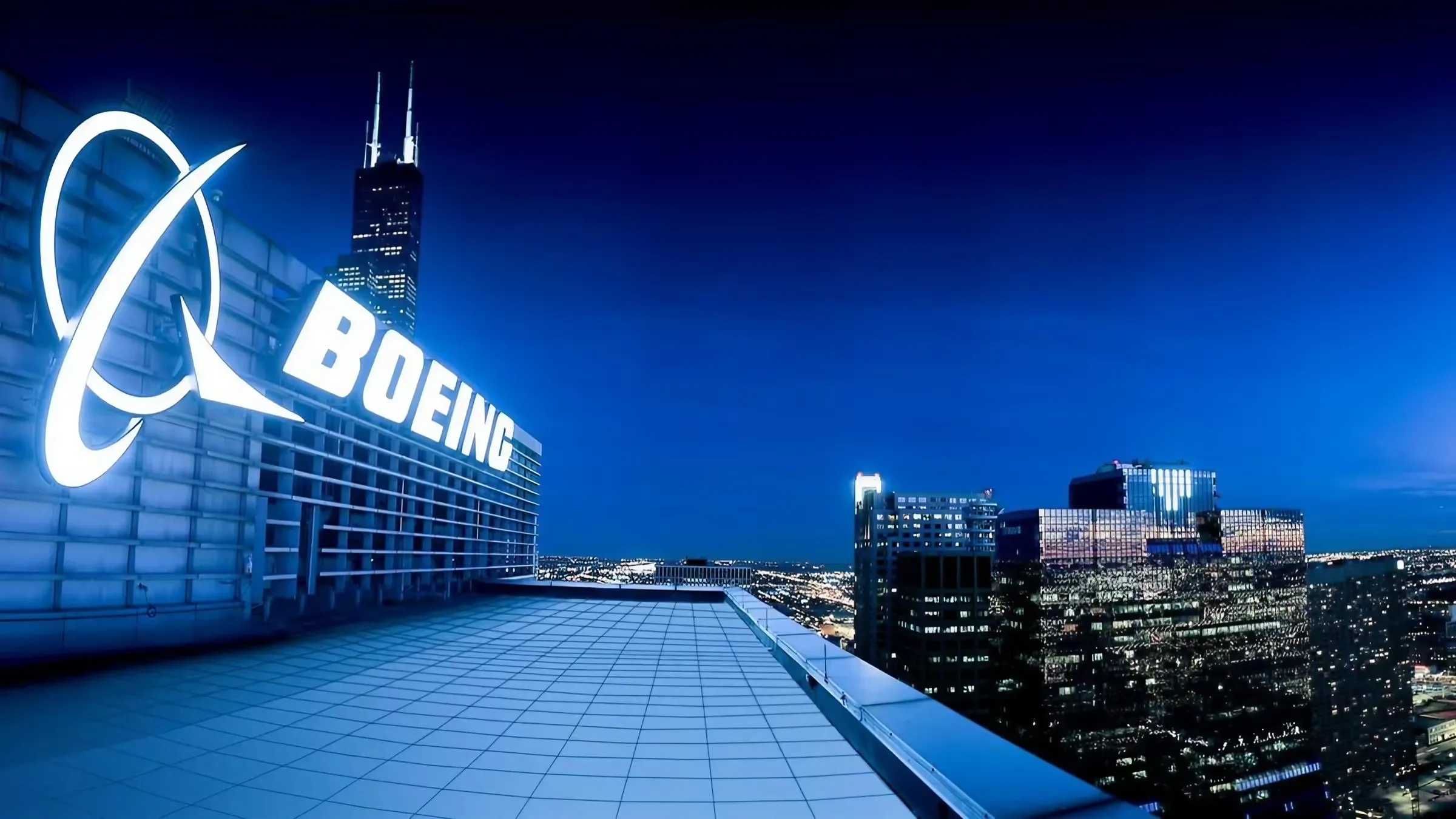DALLAS — Today, in 1997, Boeing completed its merger with McDonnell Douglas.
McDonnell Douglas can trace its history back to 1967, when the Douglas and McDonnell Aircraft companies merged. Meanwhile, Boeing was founded by William Boeing back in 1916.
The two companies had been competitors for many years. But as the industry entered the 1990s, McDonnell Douglas struggled to keep up with the mighty Boeing and European rival Airbus.
Rumors of a merger between the pair began to circulate, but no official announcement was made until December 1996. Despite early concerns from regulatory bodies, namely the European Commission, the US$13.3 billion stock swap merger was approved seven months later.

Corporate Makeover
The Boeing name would survive, and a new corporate identity was introduced. The new look was created by graphic designer Rick Eiber and was based on the McDonnell Douglas logo.
The deal allowed Boeing to use McDonnell Douglas' surplus factory capacity. The latter had long seen a downturn in their commercial airliner business. Just the MD-80, MD-90, MD-95, and MD-11 were in production at the time. Only the MD-95 and MD-11 would survive, albeit with the MD-95 renamed the Boeing 717 and the MD-11 as a freighter only.
Where McDonnell Douglas excelled was in its military aircraft. The manufacturer supplied aircraft to the United States, Great Britain, Italy, and Japan, amongst others. The merger allowed Boeing to gain a much firmer footing in the military sector.
Boeing was founded as an engineering corporation specializing in designing, constructing, and sellingairplanes. When Boeing merged with McDonnell Douglas and moved its headquarters to Chicago in 2001, it caused a substantial cultural shift.
According to industry experts and historians, the Boeing 737 MAX was only one of several ramifications of the merger's corporate culture makeover.




